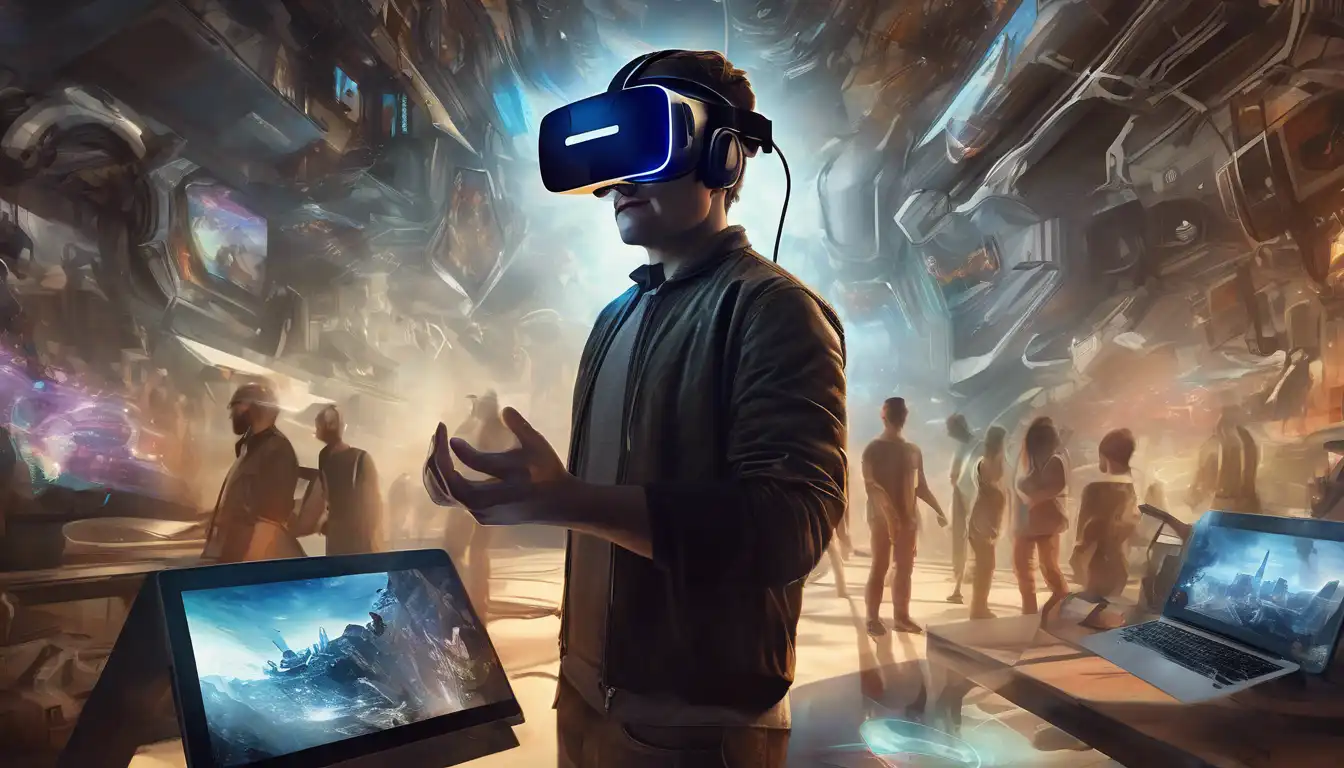Introduction to Virtual Reality
Virtual Reality (VR) is no longer just a figment of science fiction. It's here, and it's transforming the way we interact with technology. From gaming to education, VR is making waves across various sectors, offering immersive experiences that were once unimaginable.
The Rise of Virtual Reality
The journey of VR from a niche technology to a mainstream phenomenon is nothing short of remarkable. With advancements in hardware and software, VR has become more accessible and affordable, paving the way for widespread adoption.
Key Milestones in VR Development
- The introduction of the first VR headset in the 1960s
- The launch of Oculus Rift in 2012, marking a new era for VR
- The development of standalone VR headsets, eliminating the need for external hardware
Applications of Virtual Reality
VR's potential extends far beyond entertainment. Here are some of the most impactful applications of VR today:
Education and Training
VR is revolutionizing education by providing immersive learning experiences. From virtual field trips to medical training simulations, VR is making learning more interactive and engaging.
Healthcare
In healthcare, VR is being used for everything from surgical training to pain management. It's also proving to be a valuable tool in therapy, helping patients overcome phobias and PTSD.
Real Estate and Architecture
VR allows potential buyers to tour properties virtually, saving time and resources. Architects are also using VR to visualize designs in 3D, making it easier to spot potential issues before construction begins.
The Future of Virtual Reality
As technology continues to evolve, the possibilities for VR are endless. With the integration of AI and IoT, VR is set to become even more immersive and interactive. The future of VR is not just about viewing a virtual world but living in it.
Challenges Ahead
Despite its potential, VR faces several challenges, including high costs, technical limitations, and health concerns. Addressing these issues will be crucial for the widespread adoption of VR.
Conclusion
Virtual Reality is undoubtedly the next big thing in tech. With its ability to create immersive experiences, VR is set to transform industries and redefine our interaction with technology. The journey has just begun, and the future looks incredibly exciting.
For more insights into the latest tech trends, check out our tech trends section.
